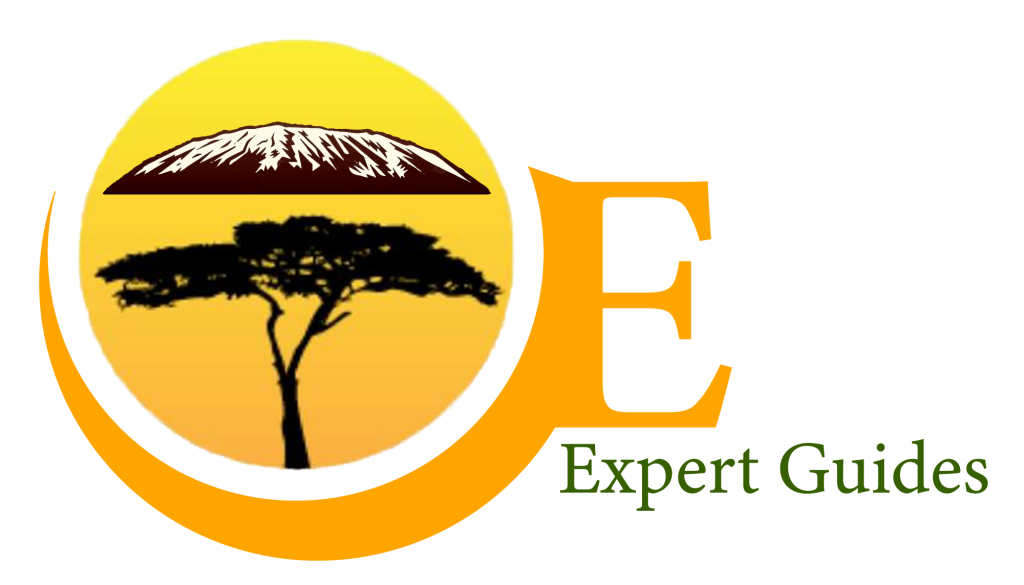Mount Kilimanjaro Packing List
Africa’s Best Authentic Tailor-Made Safaris
What should you wear on Kilimanjaro? What equipment do you need?
You must remember that you are going to experience a wide variety of different conditions on your climb, as you transcend various ecosystems and rise to nearly 6,000 metres.
When it comes to clothing, the key word is ‘layering’: you should take several breathable layers that ‘wick’ moisture – that is, take the sweat away from your body. Taking several layers will give you the maximum flexibility to adapt to the changing temperatures as you climb.
Below are our top tips
Technical Gear
On an adventure such as climbing Kilimanjaro, it’s important that your climb is as comfortable as possible. Our packing list is essential reading, to make sure your bags are the right shape, size and condition to get you and your stuff up the mountain. At night, you’ll want to stay warm and dry; by day, you might want to use a set of walking poles – so read our advice, check the packing list . On the mountain, having the right technical gear is very important.
1 – Daypack, 30-35L capacity, for you to carry your personal gear
This small pack will let you carry personal items such as your camera, phone, suncream, sunglasses, water, snacks etc
1 – Duffel Bag, 70L-90L capacity, for porters to carry your equipment
A dry bag, to fit inside your daypack, is a great asset to help keep your camera and other essentials dry
1 – Duffel Bag, 70L-90L capacity, for porters to carry your equipment
Make sure your main bag, which will be carried by the porters, is waterproof. Use separate plastic bags to compartmentalise your gear and provide extra waterproofing
1 – Sleeping bag and liner, 4 season
A four-season sleeping bag is essential, and a fleece sleeping bag liner provides extra comfort and warmth
1 – Walking poles, Pair (Highly recommended)
Very useful for Kilimanjaro, especially for summit day and generally for descent. 95% of accidents nappen on the descent
1 – Camp Pillow, inflatable (optional)
As the campsites are not on totally level ground, a camp pillow is a good thing to have.
Technical clothing
Just as important as your gear is your clothing. Remember that you will encounter a variety of conditions on Kilimanjaro, so be prepared. You will start in warm conditions, but it will get cooler as you climb, so flexibility is the key. Think layers: you can peel them off and put them on, allowing you to adapt with the weather and altitude. Our packing list will point you in the right direction.
1 – Waterproof Jacket, breathable with hood
Essential, as weather can be unpredictable in any season. Makes sure this outer garment is large enough to put over multiple layers of clothing
1 – Soft Jacket, fleece or soft-shell
To keep you dry in light and moderate rain. Best if this garment has a durable, water-repellent outer layer
3 – Long Sleeve Shirt, light-weight, moisture-wicking fabric
The moisture-wicking qualities will ensure that your shirts can be dried quickly, should they get wet
1 – Short Sleeve Shirt, light-weight, moisture-wicking fabric
The moisture-wicking qualities will ensure that your shirts can be dried quickly, should they get wet
1 – Waterproof Pants, breathable (side zipper recommended)
These are useful, not just against the rain, but also against the wind
2 – Hiking Pants (Convertible/Zip-off and quick dry recommended)
Two pairs of these quick-drying, convertible garments are recommended.
1 – Fleece Pants
These are ideal for use when you are in camp, but also as an extra layer on summit night
1 – Shorts (optional)
These can be useful in the warmer temperatures at lower altitudes
1 – Long Underwear, moisture-wicking fabric
Again, these can be useful in the camp, or for ‘layering’ on summit night/
4 – Underwear, moisture-wicking fabric recommended
Easy-to-dry versions are best; bring one pair every two days
3 – Sport Bra (women)
These are comfortable when walking. Easy-to-dry fabric is recommended
Footwear
Every time your feet hit the ground, your choice of footwear will seem important. Lightweight waterproof boots are essential, worn-in and guaranteed to be comfortable before you arrive. In the evening, you’ll want to relax in camp, with some more casual footwear. And don’t forget the importance of good socks, gaiters, and maybe crampons… after all, your feet are what will get you up the mountain!
1 – Waterproof lightweight hiking boots (required)
Boots should provide good ankle support, especially important for the descent from the summit in loose scree
8 – Socks, wool or synthetic
4 pairs should be enough (you can ‘rotate’) but include an extra-thick woolen pair for summit night
1 – Gaiters, waterproof (optional)
These can be useful in muddy sections and when walking on the summit screen
1 – Trainer shoes (to wear around camp)
Light, comfortable trainer/tennis shoes are great for wearing in the camp
1 – crampons
Crampons are useful when walking on slippy glaciers
Handwear
Every time your feet hit the ground, your choice of footwear will seem important. Lightweight waterproof boots are essential, worn-in, and guaranteed to be comfortable before you arrive. In the evening, you’ll want to relax in camp, with some more casual footwear. And don’t forget the importance of good socks, gaiters, and maybe crampons… after all, your feet are what will get you up the mountain!
1 – Gloves, warm (waterproof recommended)
A pair of good, waterproof ski gloves is particularly useful at high altitudes and the summit attempt
1 – Gloves, light
A lighter pair of thinner gloves can assist by providing extra grip on rocky sections
Headwear
And what is true for the hands, is just as true for the head – keep your head warm, keep it protected. On the lower slopes, a brimmed hat keeps the sun away; higher up, you need to guard against the cold. A scarf and a buff are also recommended. Read our packing list, to make sure you look after your head!
1 – Brimmed Hat, for sun protection
This type of hat, with a brim, will protect against the strong sun
1 – Knit Hat, for warmth
A knotted hat will keep hikers warm, especially useful at camp
1 – Balaclava or Buff (recommended)
A balaclava or buff protects against the cold wind and dust. Very useful on summit night
1 – Scarf
A scarf (or buff) protects against the cold wind and dust. Very useful on summit night
Accessories
Here, we are talking about all those little things that can make a big difference to your climb. You’ll find them all listed in our packing list, so read it carefully to ensure your climb is as safe, comfortable, and trouble-free as possible.
1 – Sunscreen
This protects against sunburn, which can be severe even at altitude
1 – Lip Balm
This protects hikers’ lips against both wind and sun
1 – Insect Repellent, containing DEET
Useful for the nights spent at the hotel, before and after the climb
1 – Hand Sanitizer
2 tubes are recommended. Toilets and water for handwashing are only available at the camps
1 – Wet Wipes (100 pcs recommended)
A pack of 100 is recommended. Toilets and water for handwashing are only available at the camps. Can also be useful for washing at the camps
1 – Sunglasses Sunglasses or Goggles
Good quality pair is needed to protect against the glare of the sun/snow especially recommended at high altitude
1 – Waterproof backpack cover
This will help keep the rain out of your backpack
1 – Water Bottle (Reusable and made out of a material that will prevent water from freezing at high altitudes.)
3 water bottles are recommended as the ‘Camelbak’ style of water carrier tends to freeze toward the summit
1 – Water Bladder (Camelbak type, 3 liters)
Easy to carry and easy to drink during daylight hiking
1 – Small Towel – lightweight and quick-dry
Useful for morning and evening washing in the camps
1 – Binoculars (optional)
A small pair lets you make the most of the spectacular scenery
1 – Camera (With extra memory cards and batteries)
Batteries do not last long at high altitudes, so bring spares
1 – Cash (USD notes to be 2009 and above, credit and debit cards) Cash will be needed for tipping and for visits to souvenir shops
1 – Ear plugs pair
Your tent companion may have a snoring problem!
1 – Head Lamp, with extra batteries
A head torch/headlamp is needed on summit night, leaving you both hands-free. Bring extra batteries
1 – Locks for bags
Remember, there are many hiking groups at the camps. Lock your bags at mealtimes and at nighttime
1 – Moneybelt
Allows you to keep your money and credit cards with you at all times
1 – Outlet adapter (UK Type Socket)
Voltage in Tanzania is 230 volts. Your adaptor should be the three–pin–type G, as used in the UK.
1 – Watch and Mobile Phone with charger
Good for photos, but remember there is no electricity on this mountain!
Solar charger
A solar charger can be a useful tool for recharging your phones or cameras
Snacks, light-weight, high calorie, high energy
It’s good to have some high-energy snacks between meals, or if you need a sudden extra energy boost
Ziploc Type Plastic Bags
These are perfect for carrying any rubbish you accumulate
Toiletries (Preferably biodegradable)
A toothbrush, toothpaste, and a deodorant
Personal entertainment (Reading and writing materials, cards, music player, etc.)
Your own entertainment for a time in camp. A maximum of one book!
Medication (Consult with your doctor about options to manage altitude sickness)
Any prescription medications you take, plus anything recommended by your doctor for combating altitude sickness
First-aid kit
Safety is always our priority, and our guides are trained and equipped to handle any crisis. But you should have your own first-aid kit for any minor ailments or irritations. Our packing list will advise you on what to put in your kit.
Aspirin
Aspirin is used to reduce fever and relieve mild to moderate pain from conditions such as muscle aches, toothaches, common colds, and headaches. It may also be used to reduce pain and swelling in conditions such as arthritis. Aspirin is known as a salicylate and a nonsteroidal anti-inflammatory drug (NSAID).
Ibuprofen
Ibuprofen is used to relieve pain from various conditions such as headaches, dental pain, menstrual cramps, muscle aches, or arthritis. It is also used to reduce fever and to relieve minor aches and pain due to the common cold or flu. Ibuprofen is a nonsteroidal anti-inflammatory drug (NSAID).
Plasters
Are used for wound treatment or for treating disturbances in moveable joints. Medical plasters can not only be used for treating wounds, but also for holding wound covers, stabilising joints and covering puncture points.
Tape
Medical Tape – is an adhesive tape that is specifically designed to be used directly on skin to hold wound bandages or other first aid or medical appliances in place. Medical tape needs to be skin safe, easy to use, and strong enough to work well when the skin is moving, bending, or damp
Anti-histamines
Are used to relieve or prevent the symptoms of hay fever and other types of allergies. They work by preventing the effects of a substance called histamine, which is produced by the body. Histamine can cause itching, sneezing, runny nose, and watery eyes.
Antibacterial gel/wipes, this help to kill germs
Antiseptic cream
soothes and heals wounds, protects against infection, and can be used to treat cuts and grazes, minor burns and scalds, small areas of sunburn, dry chapped skin, nappy rash, insect bites, spots, and pimples. You can use this medicine if you are pregnant or breastfeeding.
Imodium
This is used to treat sudden diarrhea (including traveler’s diarrhea). It works by slowing down the movement of the gut. This decreases the number of bowel movements and makes the stool less watery. Loperamide is also used to reduce the amount of discharge in patients who have undergone an ileostomy.
Rehydration powder
Oral rehydration therapy (ORT) is a type of fluid replacement used to prevent and treat dehydration, especially due to diarrhea. It involves drinking water with modest amounts of sugar and salts, specifically sodium and potassium. Oral rehydration therapy can also be given by a nasogastric tube.
Water purification tablets
Are primarily used to kill microbiological contaminants such as bacteria, viruses, and parasites
Insect repellent
These are used to repel mosquitoes, ticks, flies, and other biting insects
Sewing kit
Needle and thread, spare buttons
Documents
Last but not least, remember that all-important paperwork. Don’t spoil your trip by forgetting your passport, visa, or other vital documentation – your trip could be over before it has even started.
Flight information
Printouts of e-e-tickets may be required when you arrive, or at the airline check-in when you depart
Insurance information, with a separate photocopy
This is essential, in the event of an incident. We need to know the name of the insurance company, their contact details, and your policy number
Passport, with a separate photocopy
This is essential, to allow you to be registered at the Kilimanjaro Park Gate. We will also need it, should we have to contact your insurance company
Any necessary visas or vaccination certificates, with photocopies
You require both of these at immigration when entering Tanzania

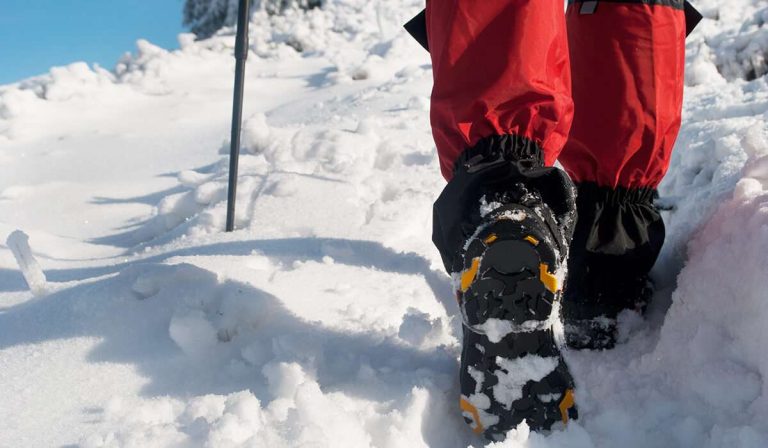
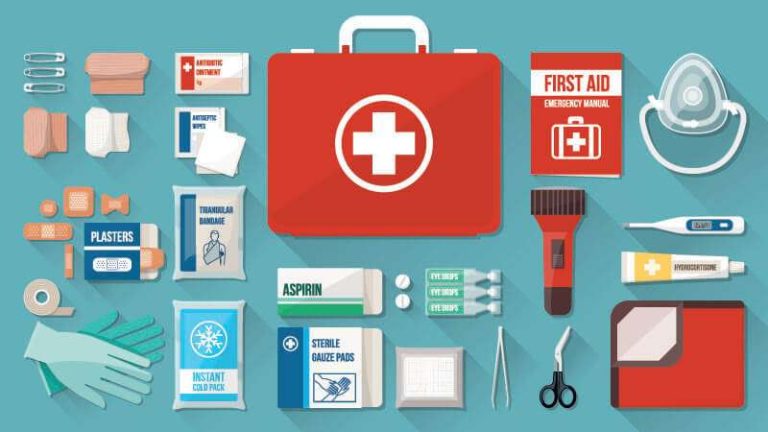
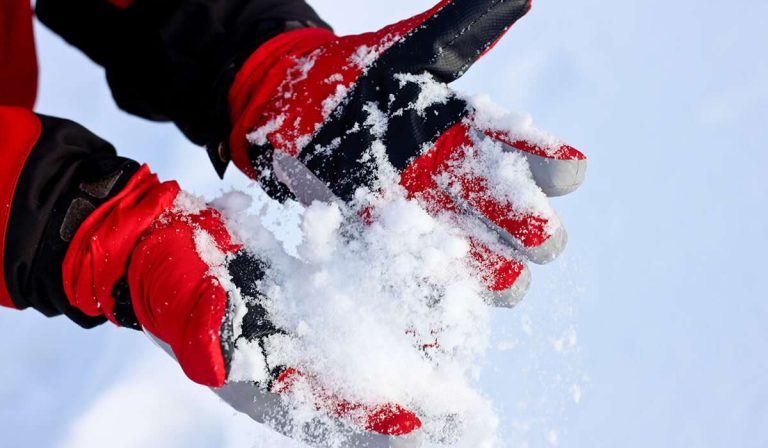
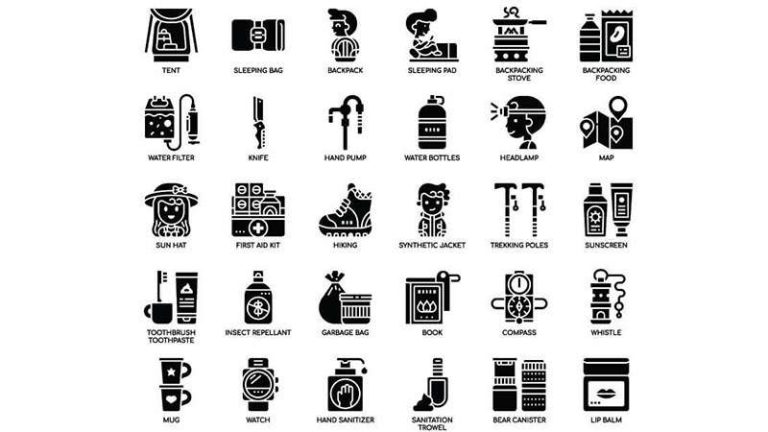
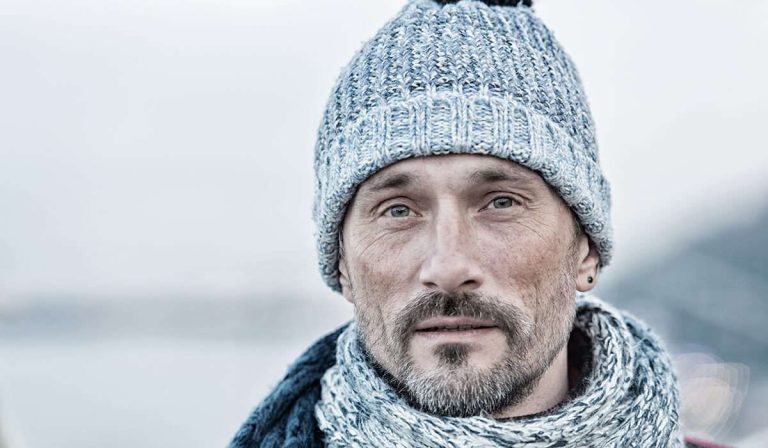
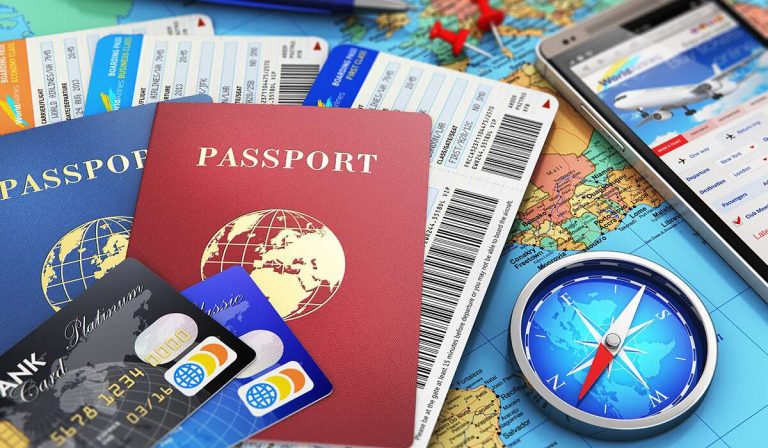
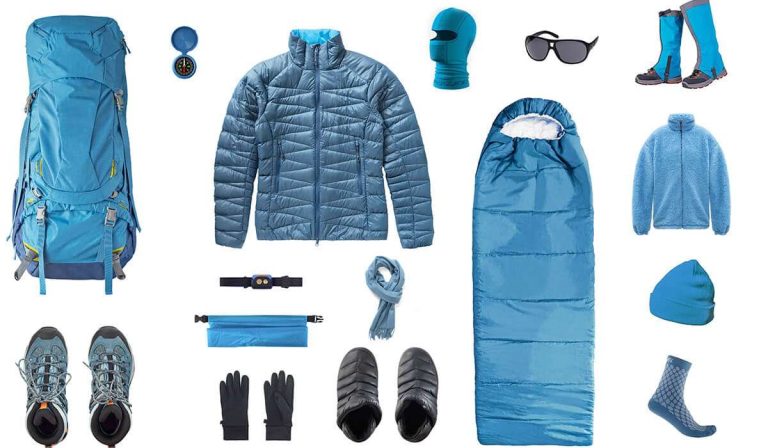
Tanzania safaris are a great choice year-round
When is the Best Time to Go on Tanzania Safari Holiday
The best time to go on safari in Tanzania is generally during the dry season months of June to October but a wide range of wildlife can be spotted year-round and each season brings its own advantages.
